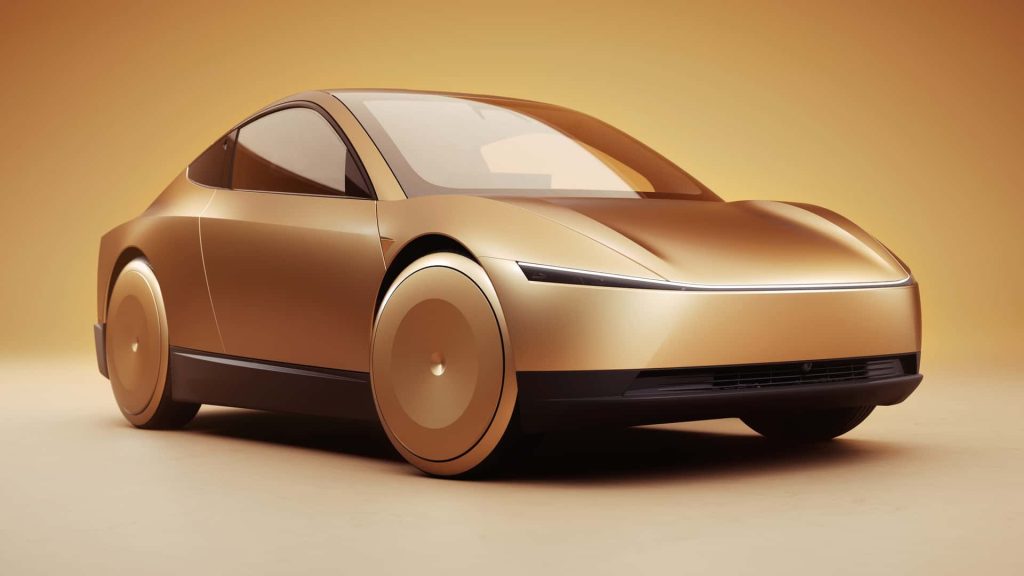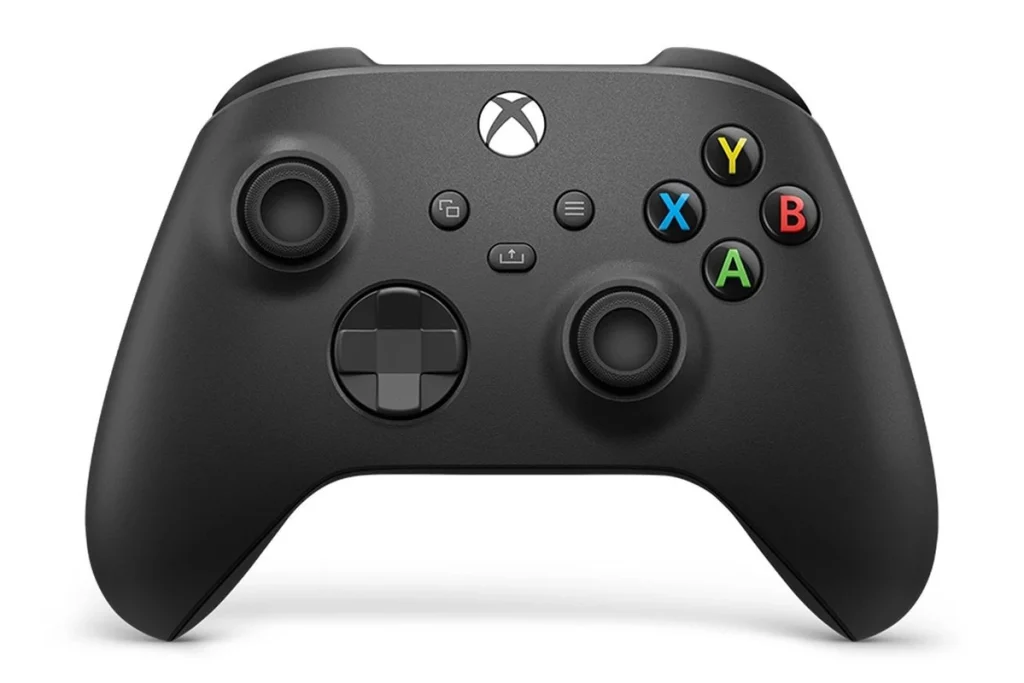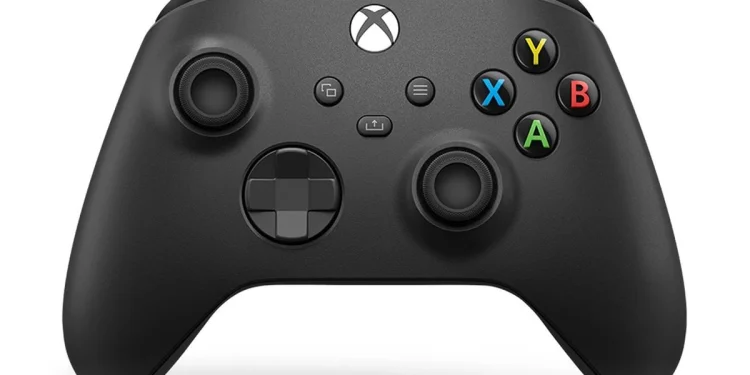Tesla’s CyberCab might be driven like a video game

Tesla’s futuristic CyberCab has raised eyebrows with its complete lack of traditional driver controls—no steering wheel, no pedals, nothing. Instead, new reporting suggests the vehicle can be controlled with a small gamepad that feels a lot like an Xbox controller.
According to sources cited by AutoEvolution, Tesla’s workaround plugs directly into the CyberCab to provide steering and pedal inputs.
Those sources come from inside the Petersen Museum in Los Angeles, where the CyberCab is currently on display (until the new year), and claim this controller setup was used to move the vehicle around indoors. In fact, footage captured by the museum showed the CyberCab rolling up a ramp with someone in the front seat, prompting questions about how the car was being navigated without its well-known Full Self-Driving (FSD) system active.
“The sources also confirmed that the car could be controlled wirelessly from outside (like a big RC car),” AutoEvolution reports.
The concept of controller-driven vehicles goes hand-in-hand with Tesla’s ambition to launch a fleet of robotaxis in the near future, with teleoperators standing by to take control during tricky situations. These operators would presumably use some kind of remote interface—much like this gamepad solution—to guide vehicles when autonomous software hits its limits, similar to how companies like Waymo employ remote assistance today.
Several hurdles remain before such a vehicle hits public roads. The biggest is that US Federal Motor Vehicle Safety Standards don’t currently allow for mass-market cars without steering wheels and pedals. Nonetheless, Tesla’s approach signals a future where drivers might “pilot” their cars in ways straight out of a science fiction movie.

Interesting history
Of course vehicles controlled by game controllers don’t have the greatest recent history, with the failed Titan submersible ridiculed for using an aftermarket Xbox controller.
As Tesla refines this technology, it also faces the logistical side of running an autonomous fleet—everything from vehicle cleaning to maintenance. General Motors recently stepped back from these operational challenges with its Cruise subsidiary, citing high costs. Tesla, however, appears determined to navigate these obstacles as it moves closer to offering full robotaxi services—likely starting in more permissive locations such as Texas.
In the meantime, CyberCab remains a test bed for Tesla’s vision of a driverless future. Perhaps one day soon, owners will be able to pull out a controller of their own to guide their car out of a tight parking spot or across a tricky driveway. For now, the idea of controlling a real car like you would in Forza is limited to behind-the-scenes demonstrations, but as Tesla’s plans evolve, that could change sooner than we think.





